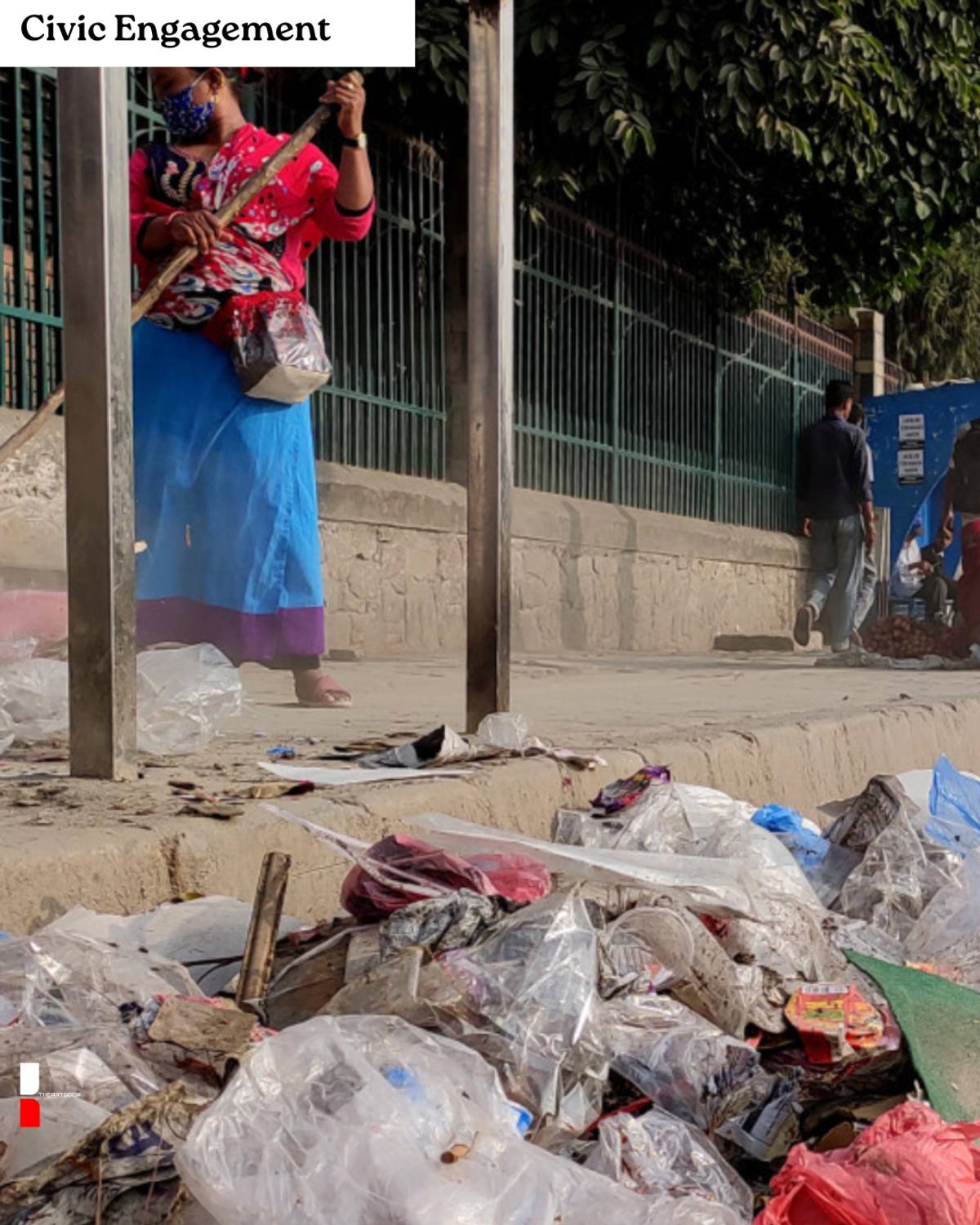Tourism: A Lifeline or a Burden for Local Economies?
By Tanvi Ibrahim Patankar
Share
Photo : Clooper
As the world opens up after pandemic lockdowns, planes are full, beaches are crowded, and selfie sticks are back in action. Tourism has roared back injecting billions into economies, creating jobs, and reviving businesses. But behind the colorful brochures and Instagram reels lies a deeper question: Does tourism truly uplift local economies, or can it quietly undermine them?
What Exactly Is Tourism’s Role in Local Economies?
Tourism isn’t just about sightseeing. It’s a massive economic engine fueling hotels, restaurants, transport, handicraft industries, and even agriculture. In some regions, it’s the single largest source of income.
“Tourism is one of the few industries where the benefits can reach the smallest players, street vendors, taxi drivers, artisans,” says Ramesh Naidu, a tour operator in Goa. “But it’s also an industry that can turn on you if it’s not managed well.”
A Silent Crisis Beneath the Celebrations
While global tourism contributes over 10% to the world’s GDP (WTTC, 2023), certain destinations face rising inequality and environmental strain. Prices in popular tourist towns often spike beyond the reach of locals. Seasonal jobs create instability, and in some cases, profits flow to large corporations rather than the community.
Take the example of Manali, Himachal Pradesh. Tourism has boomed in the last decade, but so has traffic congestion, waste generation, and real estate inflation. “My rent doubled in three years,” says local shopkeeper Anita Thakur. “It’s good for business in peak season, but hard to survive in the off-season.”

Photo : Sustainable Travel International
The Cost of Unchecked Tourism
Tourism’s dark side isn’t always visible in postcards:
- Seasonal Dependency: Jobs vanish in off-season, creating income instability.
- Rising Living Costs: Locals are priced out of housing and basic services.
- Environmental Damage: Overcrowding strains water resources, increases pollution, and damages natural habitats.
- Cultural Dilution: Local traditions can be commercialized or lost in the rush to cater to visitors.
- Profit Leakage: Large hotel chains and tour operators often take revenue out of the region.
Why Are We Here?
The issue isn’t tourism itself, it's how it’s managed.
- Policies often focus on attracting tourists, not protecting residents.
- Infrastructure growth lags behind visitor numbers.
- Locals lack training to tap into higher-paying tourism jobs.
- There’s little reinvestment of tourism revenue into community development.
“We celebrate tourist arrivals like a festival, but don’t track whether the benefits are actually staying in the region,” says Priya Sharma, an economist studying sustainable tourism.
What the World Can Teach Us
- Bhutan: Follows a “High Value, Low Volume” model to protect culture and environment.
- Costa Rica: Invests tourism revenue into national parks and community projects.
- New Zealand: Involves indigenous Māori communities directly in tourism planning and profit-sharing.

Photo : Researchgate
A Path Forward for Sustainable Tourism
India can lead in sustainable tourism by:
- Community-Centric Models: Ensure local ownership of businesses and homestays.
- Skill Development: Train locals for high-skill tourism jobs, from guiding to eco-tourism management.
- Revenue Reinvestment: Channel tourism taxes into infrastructure, waste management, and heritage conservation.
- Balanced Marketing: Promote lesser-known destinations to reduce pressure on overcrowded ones.
- Environmental Safeguards: Enforce limits on visitors in sensitive zones and invest in eco-friendly infrastructure.
Closing Thought
Tourism can be the heartbeat of a local economy or the reason it falters. Managed with care, it lifts communities, preserves culture, and sustains the environment. Managed poorly, it erodes the very charm that draws visitors.
The question isn’t whether tourism is a lifeline or a burden, it's whether we choose a path where both visitors and locals thrive together.
